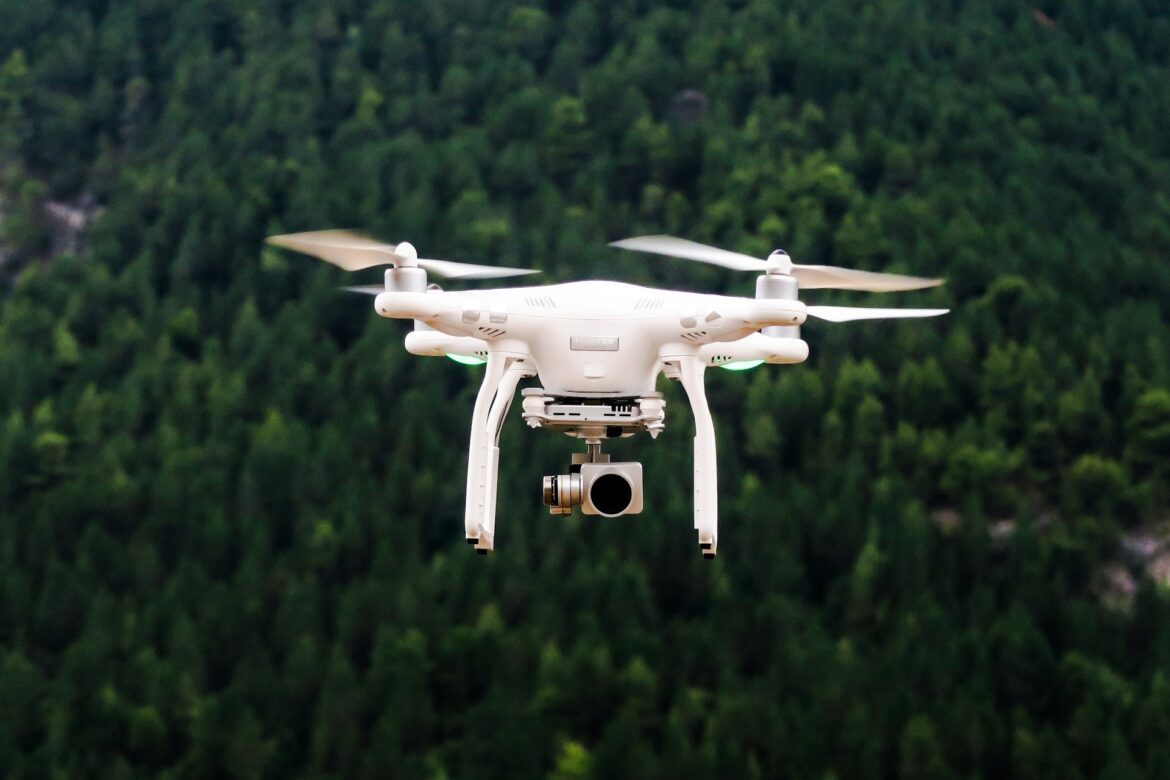Drone Delivery Expands Beyond Urban Centers in the U.S.
As of November 2024, the landscape of logistics in the United States is undergoing a transformative shift, with retailers venturing into suburban markets to implement drone delivery services. This significant expansion signifies a departure from the traditional urban-centric model, as businesses aim to enhance their service efficiency and meet customer demand for quicker deliveries.
How Drone Delivery Works
Drone delivery relies on advanced technology that allows unmanned aerial vehicles (UAVs) to autonomously transport packages directly to the customer’s specified location. Equipped with GPS systems and advanced sensors, these drones navigate pre-defined air corridors designed to optimize safety and efficiency during flight. The process minimizes human intervention, allowing for seamless and timely deliveries. Mark Reyes, a retail logistics consultant, highlights the advent of suburban drone delivery, stating, “Suburban drone delivery is the next frontier for logistics. It’s bridging the gap between speed and convenience.” This innovation promises to enhance the overall delivery experience for consumers living in suburban areas.
Industry Leaders Taking the Lead
The movement towards suburban drone delivery has seen participation from significant industry players, enhancing the credibility and operational capabilities of these initiatives. Walmart and Target are at the forefront, experimenting with drone services for grocery and small-item deliveries aimed at suburban neighborhoods. Concurrently, Amazon Prime Air is expanding its drone fleet to cover medium-density residential areas, with ambitions to cut delivery times down to under 30 minutes. In the pharmaceutical sector, companies like Walgreens and CVS are leveraging drones to deliver medications and health products, addressing the critical need for timely healthcare solutions.
Benefits for Suburban Customers
The shift towards drone delivery in suburban markets offers a plethora of benefits for residents. One of the most notable advantages is the access to faster, eco-friendly deliveries that cater particularly to urgent or time-sensitive needs. For instance, in emergencies or situations where speed is essential, drone deliveries can make a significant difference. Moreover, retailers stand to gain from reduced transportation costs and expanded service areas, enhancing overall operational efficiency while also meeting consumer demands.
Barriers to Scaling Drone Delivery Services
Despite the promising outlook of drone deliveries, several barriers hinder the scalability of this service. Regulatory frameworks established by the Federal Aviation Administration (FAA) present challenges that companies must navigate carefully. Additionally, weather variability can disrupt drone operations, raising concerns about reliability and consistency in delivery. Public acceptance also plays a crucial role; as businesses trial these drones, establishing trust within local communities is essential for wider adoption of this delivery method.
The Growing Role of Drones in Last-Mile Delivery
As we look towards the future, November 2024 marks a pivotal moment in the integration of drone technology into last-mile delivery logistics. As retailers and logistics companies continue to explore new territorial boundaries, the combined efforts to refine operations and address public concerns will be crucial for success. The ongoing pilot programs in suburban areas serve as a testing ground for the maturation of this delivery model, potentially leading to a paradigm shift in how goods are delivered across the United States.
Conclusion
In conclusion, the expansion of drone delivery services into suburban markets represents a significant advancement in retail logistics. By leveraging technology to provide faster and more efficient delivery options, retailers can meet the evolving expectations of their customers. While challenges such as regulatory compliance and public acceptance persist, the benefits of drone delivery pave the way for a more connected and responsive retail environment. As industry leaders continue to innovate, the potential for drone delivery to become commonplace in various sectors grows increasingly plausible.
FAQs
- What are the primary benefits of drone delivery in suburban areas?
- Drone delivery in suburban areas offers faster delivery times, reduced transportation costs for retailers, and improved access to urgent and time-sensitive products for customers.
- What companies are currently testing drone delivery services?
- Major retailers such as Walmart, Target, and Amazon are leading the way in testing drone delivery services, along with pharmaceutical companies like Walgreens and CVS.
- What challenges do drone delivery services face?
- Challenges include navigating FAA regulations, dealing with weather conditions that can affect delivery, and ensuring public acceptance of drone technology in their neighborhoods.
- How do drones navigate safely when delivering packages?
- Drones use GPS and advanced sensors to navigate through designated air corridors set up to maximize safety and efficiency during operations.
- What future developments can be expected in drone delivery?
- Future developments may include expanded service areas, improved technology to enhance reliability, and regulatory advancements that could simplify operational frameworks.

